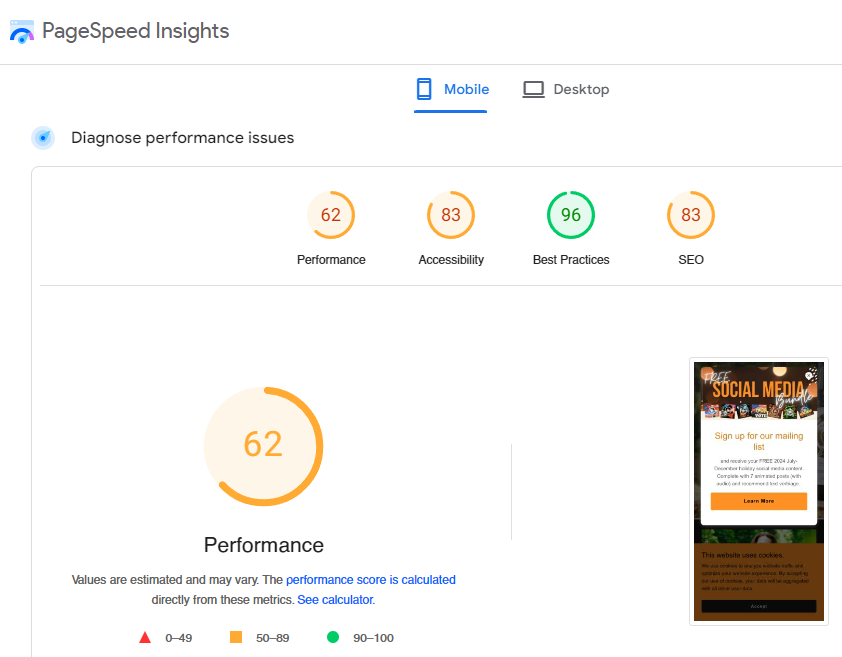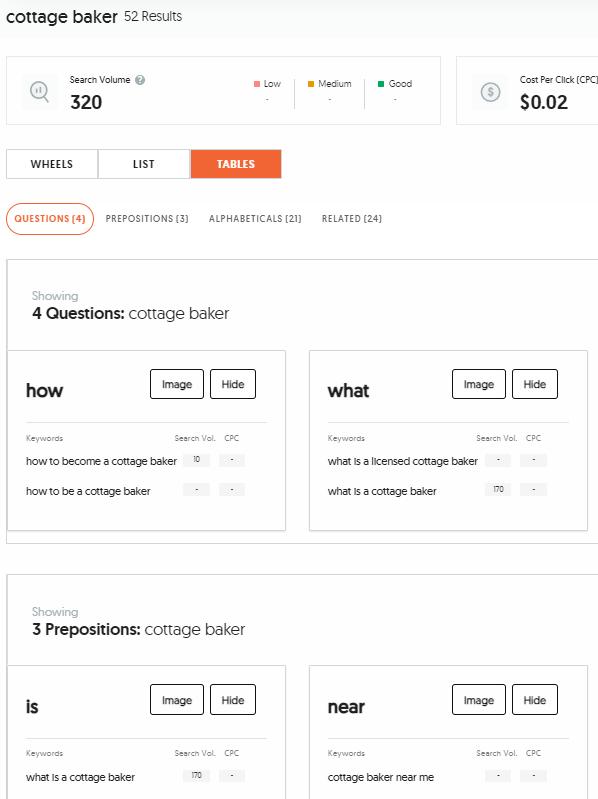Website Maintenance: Improving SEO
SHARE WITH YOUR FRIENDS:
Search Engine Optimization (SEO) is not a one-time task that you can build into your site from the start and then let marinate. It’s an ongoing process that requires regular attention and adjustments. There are a lot of complicated coding ways to improve your SEO, but here are 6 tips to maintain and continuously enhance your website’s search engine optimization that you can do on your own:
1. Regularly Update Your Content
Fresh and relevant content is key to maintaining a strong SEO presence. Search engines like Google prioritize sites that consistently provide valuable, up-to-date content. Just like any business, search engines are trying to maintain a good reputation. They will lose customers if they serve up websites that haven't been touched in 5 years. So keep your website on the radar with some of these ideas:
- Blog Posts: Share industry insights, how-tos, and company updates. A blogs section can be a great "catch all" area to talk about up-coming events or event post photos from past events you've attended.
- Updating Old Content: Revisit older posts or pages and make sure the information is still accurate, adding new keywords where relevant.
- Answering FAQs: Regularly update your FAQ section to reflect new questions from customers. FAQs are a great way to add SEO content because the questions are often what new leads will be typing into a search bar.
2. Optimize for Mobile and Speed
With mobile searches accounting for over 50% of web traffic, ensuring your site is mobile-friendly is crucial for SEO. Google uses mobile-first indexing, meaning your site’s mobile version is prioritized in search results. Key tips:
- Use responsive design.
That means your website understands the type of device it is being shown on (like a desktop computer monitor vs. tablet vs. mobile phone) and shifts the size and layout so it can be seen easily on that screen.
- Test for
page load speed on mobile devices and desktop (using tools like
Google’s PageSpeed Insights). Pages that load quickly make for happy viewers.
- Compress images and use lightweight code to improve loading times. Websites that have a lot of complicated features or high-definition images and videos can bog down the page's loading speed.

3. Optimize On-Page SEO
On-page SEO involves curating information on individual pages to rank higher and earn more traffic. This includes:
- Title tags and Meta Descriptions: Craft clear, keyword-rich, and engaging titles and descriptions that accurately describe the page’s content. Meta descriptions are what are shown under the main link in Google search results, so they play a big role in how you rank.
- Internal Linking: Create links between your pages to spread link equity and help users navigate your site. A good rule of thumb is to have at least one link in the body of each page of your site that provides a quick jump to another relevant page. This especially makes navigating on mobile devices easier because they're doing a lot of one-handed scrolling. To hit a button mid-scroll provides a lot less resistance than stopping to expand a menu and finding the appropriate page.
- Header Tags (H1, H2, H3): Organize your content clearly using headers with keywords, which helps search engines understand the structure. Think of it like you're back in 5th grade learning how to write your first outline. H1 titles are for the entire topic, H2's are section headings, H3's are sub-section points, etc.
4. Build Backlinks
Backlinks are a highly covetable part of SEO. This is when reputable websites have links on their website to go to your website. This is a signal to search engines that your content is trustworthy and authoritative. Quality is more important than quantity, so aim for backlinks from reputable, relevant sites.
- Writing Articles for Others: If there are local magazines or industry publications looking for subject matter experts, you could sign up to provide an editorial article for them. This usually includes a bio of the writer that can include a link to your companies website. Write guest posts on industry-related blogs can also help gain backlinks.
- Partnerships and Collaborations: Is your storefront one of many on your block? Reach out to see if they'd be willing to add a "check out these other great businesses" section on their site to include your company and in exchange for you doing the same on your website. Or if you have a contact that offers the same service as you that you refer clients to when they are outside of your service area, you can add that to your website while they do the same for you.
- Create Shareable Content:
If your followers love your ideas so much to share them or pin on Pinterest, you can gain backlinks that way as well. Infographics, research studies, and well-crafted articles are more likely to earn links.
5. Use Keyword Research Continuously
SEO isn’t just about using the right keywords once; it’s about evolving with search trends. To stay competitive:
- Monitor new trends and search terms
related to your business. Use tools like
Answer The Public to identify new keywords your audience is using.
- Continuously optimize existing content with new, relevant keywords, and create new content targeting emerging phrases.
If you wrote a blog article 3 years ago that is still a really good description of your process, just read through it again and change some titles and sentences to rephrase it in a way to match the new keyword phrases.

5. Focus on Local SEO (if applicable)
If you’re a local business, focusing on local SEO is crucial. Regularly update:
- Google Business Profile: Ensure your business information is accurate, and encourage customer reviews. Also create "Updates" on your Google Profile like you would on Facebook or Instagram. Feature products, staff photos, and other current information. Much like your website, Google would like you to come back regularly and make these updates so they know you're still actively selling.
- NAP Consistency: Make sure your
Name,
Address, and
Phone Number are consistent across all platforms. That means your phone number should not be different on Yelp than it is on your Google profile, etc. Being inconsistent makes search engines fear that you're up to something phish-y. Be sure to double check and local listing sites as well that you may be included on.
- Localized Content: Try to find ways to include local cities, counties, and communities on your website. This helps search engines identify when you're the right fit when a user is looking for "_______ near me." This could be done by listing them on a service area page, including the city/state after the name on a testimonial, or sharing images of a completed project with the location of the job site. The more examples and cities you can give, the better!
Improving SEO For Your Website
SEO is always evolving. Google and other search engines frequently update their algorithms, which means staying informed is essential to maintaining and improving rankings. Improving SEO on an ongoing basis requires regular effort, from updating content to optimizing for mobile, monitoring performance, and staying on top of trends. By integrating these strategies, you can ensure your website remains competitive and visible in search engine rankings, driving more organic traffic to your site over time.
If you have any questions or need help keeping up with your website maintenance, give Graphic Haven a shout! We're happy to come up with content ideas and dig through the best places to plant your keywords.
SHARE WITH YOUR FRIENDS:







